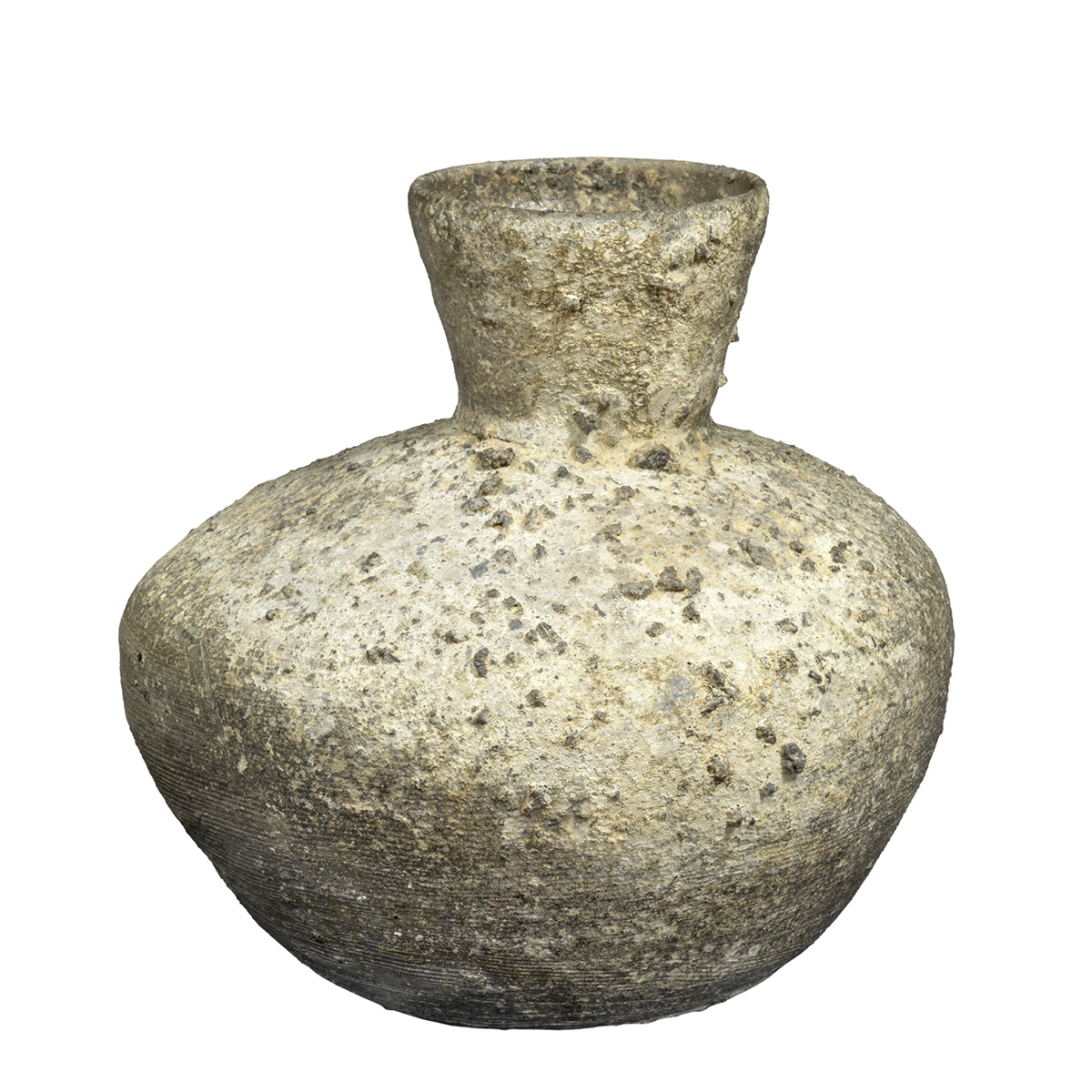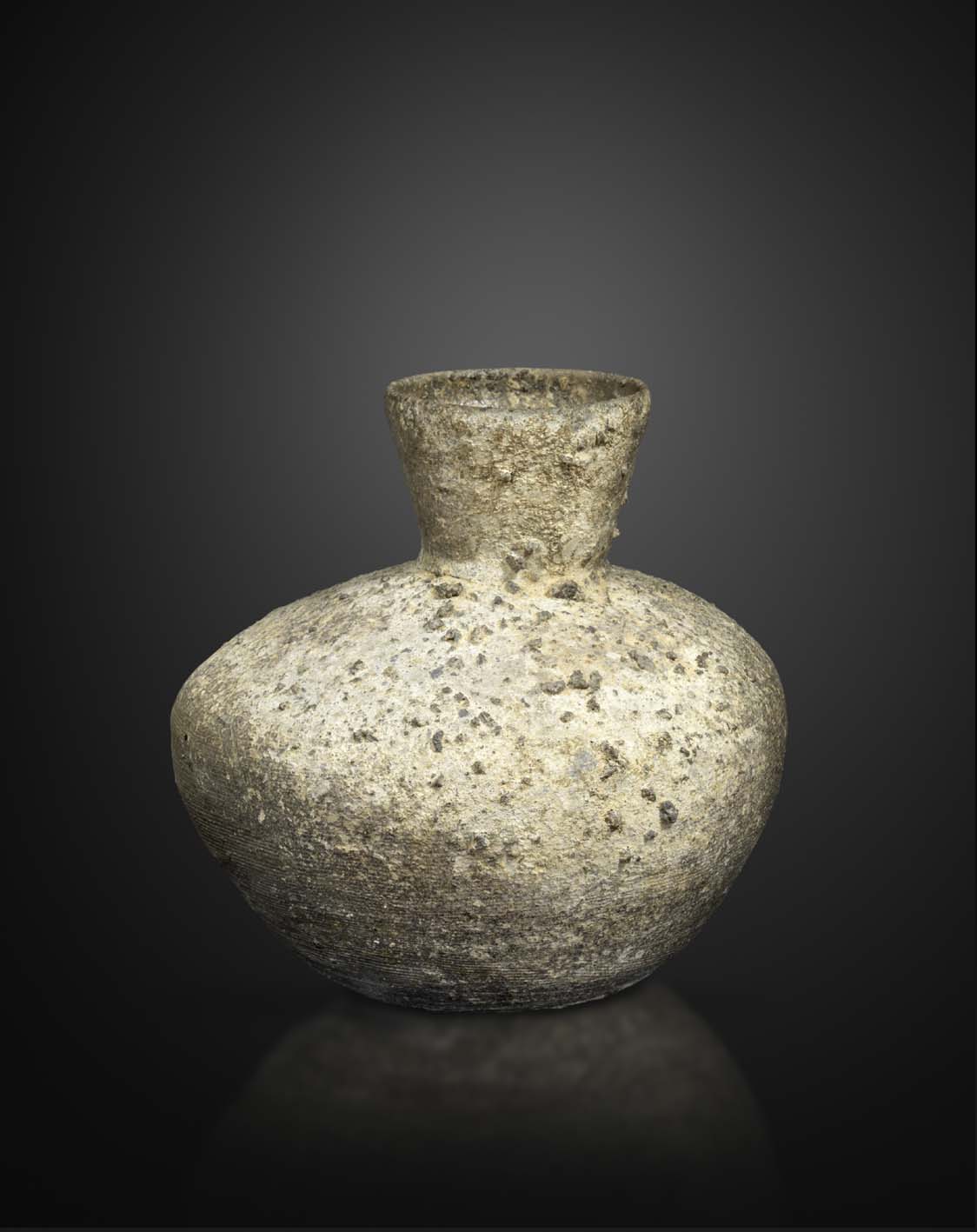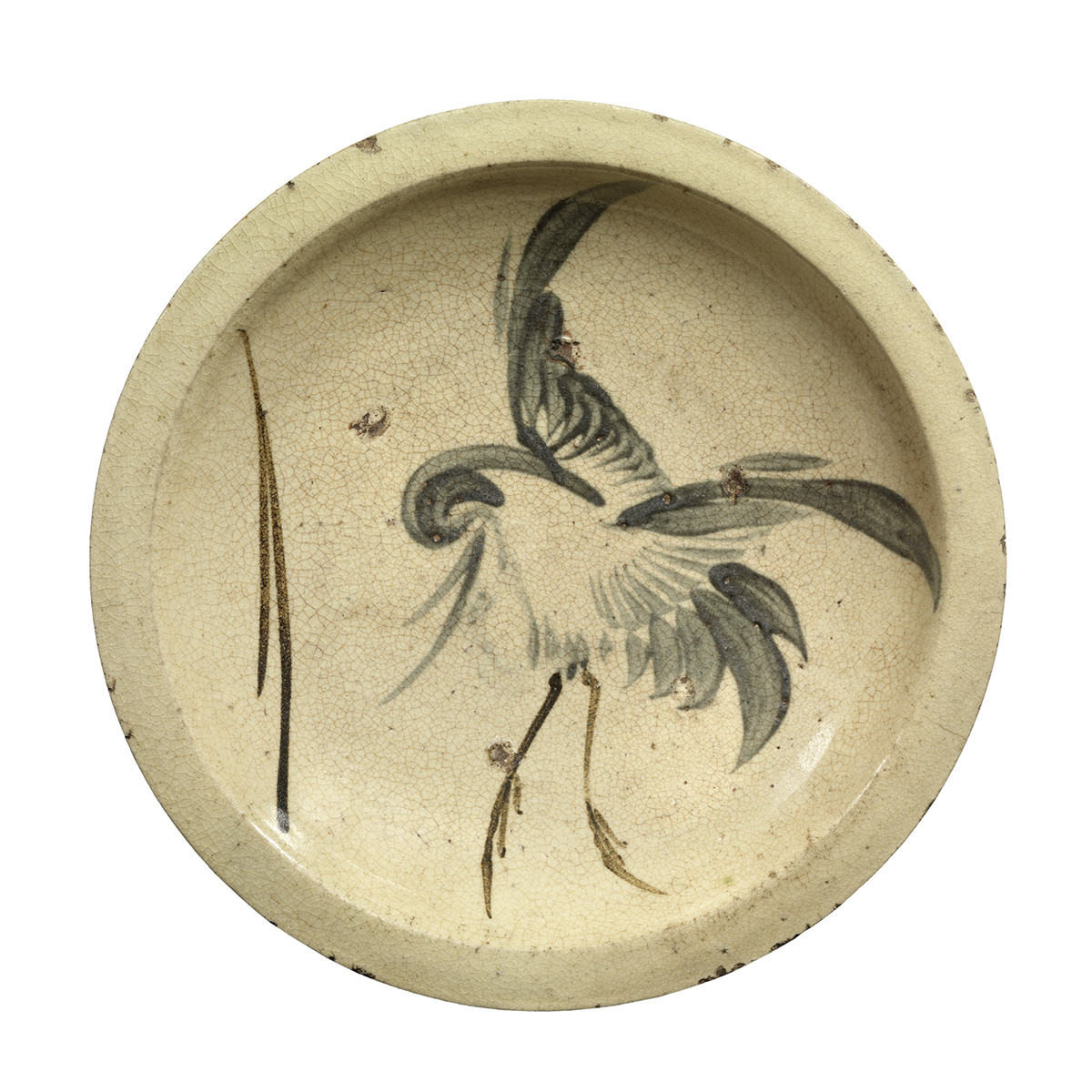Sueki
Ceramic
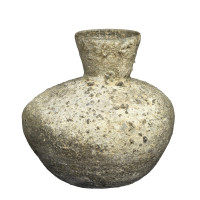
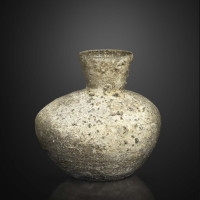
- Sold
-
Material
Stone ware with natural ash glaze
-
Period
6th -7th century (Kofun period ca 300-710)
Description
Sueki Heihei type
Hakogaki (written on the collector's box)
"Jindai saitenyo, doki (Earthen ware from ancient times, for ceremonies) “
“This item was excavated from an ancient ruin related to Emperor Keikō (12 th Emperor of Japan), at the mountain location Tsukemura village now known as Goshogatani, in Miyako-gun district, old Buzen province, in modern (Yukuhashi City), Fukuoka prefecture. This Sueki pottery was excavated from there on a day in November of Meiji 21 (1888)."
Keikō Emperor (reign 71-130 AD): The emperor – whom scholars believe may have been a legendary figure - went to Kyushu to conquer local tribes, an expedition known as Kumaso.
The hakogaki attests that the item was excavated from the ancient ruins, where the emperor was once believed to have camped his force, at the Goshogatani ruins, Fukuoka, Kyushu. His son was a legendary prince Yamato Takeru. Both the father and son were recorded in the Kojiki and Nihon Shoki chronicles.
The Sueki was introduced to Japan from Korea in the middle of the 5th century.
They are vitreous ceramics fired high temperature around 1100 degrees centrigrade.
This globular example is known as 平瓶 Heihei type (aka Hirabe, Hiraka, Hirahei type), the Furasuko shaped in Japanese, with a spherical body and flat bottom with no foot. The Sueki were fired in anagama 穴窯(« hole kiln, sloping tunnel kiln ») which were cut into sloping ground.
